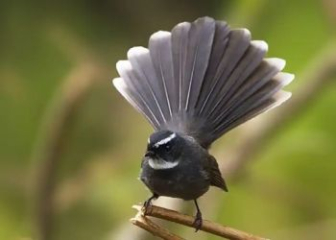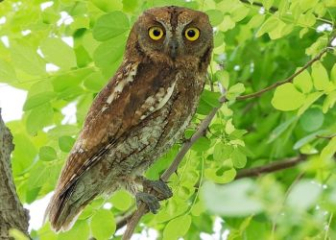Toucan Bird - The bird with the giant colorful beak
Blog | by
Toucan birds (Ramphastos toco) has an impressive appearance with a giant, colorful beak, friendly temperament, likes to live in flocks, and has weak flying ability.
Toucan birds (scientific name Ramphastos toco) is a large bird of the Woodpecker order, with a unique appearance with a long, large, colorful, eye-catching beak. Not only that, they are also very intelligent and quite friendly, one of the high-class pet birds loved by many people.
So where do Toucan birds come from? Can they be kept as pets? What is the price?... Let's explore the details with nicebirds in the article below!
Toucan bird information :
|
Scientific name |
Ramphastos toco |
|
Common name |
Toucan |
|
Set |
Piciformes - Woodpeckers |
|
Surname |
Ramphastidae |
|
Source |
Central America, South America |
|
Size |
30 - 60cm |
|
Lifespan |
10 - 25 years, depending on breed and care conditions |
Origin of the Toucan
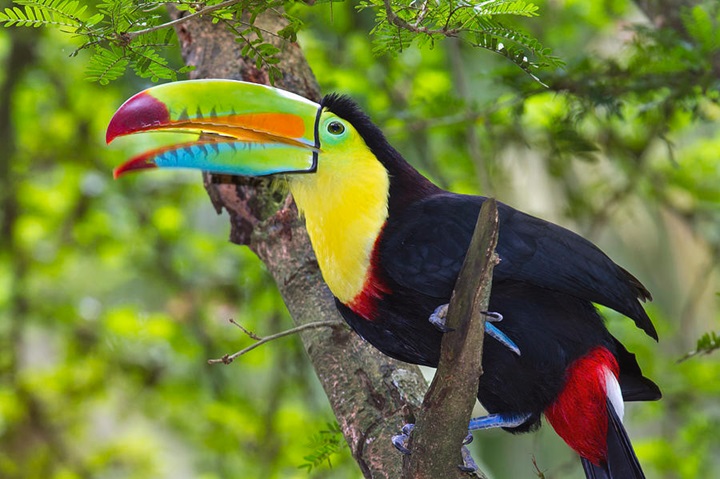
Toucans are native to Central and South America.
Toucan birds originate from the tropical rainforests of Central and South America. Mainly distributed in some countries such as: Brazil, Colombia, Peru, Bolivia, Ecuador, Costa Rica, Panama,...
According to some studies, Toucan birds appeared about 20 - 25 million years ago during the Miocene period.
Toucans usually live in forest floors with many tall trees and fruits. They do not migrate but only live in a fixed area.
There are currently 50 recognized species of Toucan, typically the following genera:
- Ramphastos : The largest species, with a brightly colored bill, typically the Toco Toucan.
- Selenidera : Smaller species, with pink and green feathers.
- Andigena : Species living in the Andes mountains, dark feathers, thick beak.
- Aulacorhynchus : Small Toucan, green fur.
Toucan bird appearance
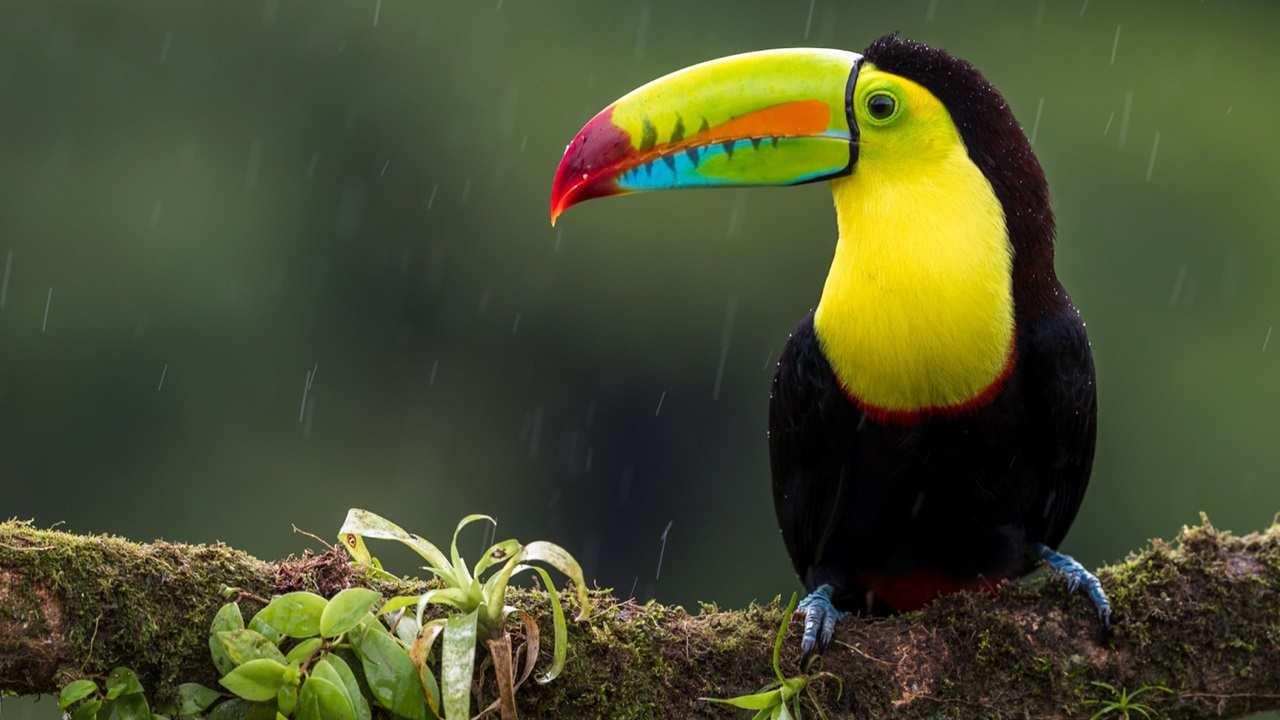
Unique appearance of a Toucan bird.
Toucan is a bird with an impressive and unique appearance with a very large beak, about ⅓ of its body length, and bright colors. Let's learn more about the outstanding features of this bird's appearance!
Large beak features :
- Toucans have large beaks, ranging from 15 to 20 cm long, depending on the species.
- The beak has many different colors such as yellow, orange, red, green or combined with spots, stripes,...
- The beak is large but very light thanks to its porous keratin structure, helping the bird move more easily.
- Toucans use their beaks for picking fruit, defense, regulating body temperature, and even attracting mates.
Coat color :
- The bird's entire body is usually covered with shiny black feathers.
- The chest and neck areas are often bright colors such as orange, yellow, white,... depending on the species.
- Some species also have additional patches of green or blue fur on their faces or around their eyes.
Eye:
- Toucan eyes are medium in size, usually light gray in color.
- The eyes are covered by an area of skin with prominent colors such as blue, yellow,...
Size :
- Toucan birds are 30 - 60 cm long, of which the beak accounts for ⅓, and weigh 300 - 800g.
- Toco Toucan is the largest species weighing up to 800g and measuring about 60cm in length.
Legs and claws :
- Toucan has short, strong legs with 2 front toes and 2 back toes.
- The claws are curved and sharp.
Toucan bird behavior
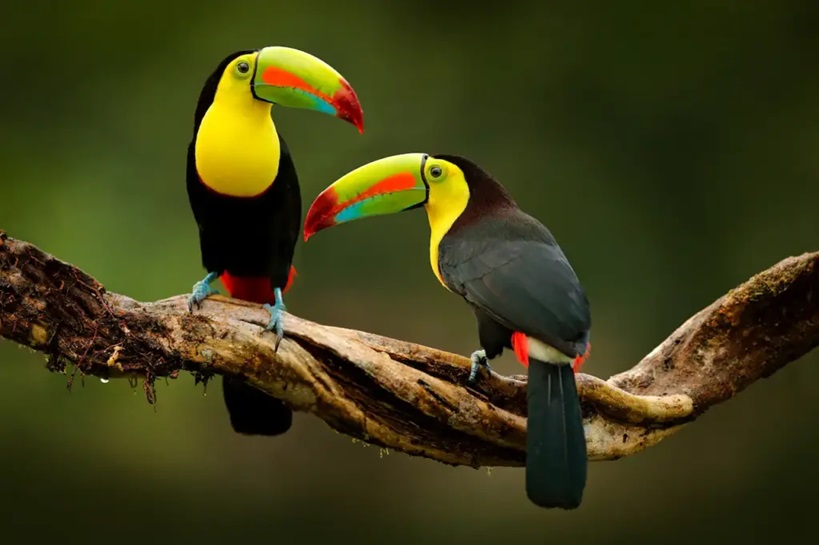
A pair of toucans are perched next to each other.
Below are the habits of the Toucan bird's habitat, behavior, diet and reproduction. Let's learn more to see if this bird with a "giant" beak has any interesting habits and behaviors!
Like to live in small groups, communicate by calling
Toucans usually live in small groups of 5 - 12 individuals or in pairs and do not like to live alone.
This bird also uses a variety of calls to communicate, typically a "knocking" sound or a crisp cry that echoes throughout the green forest.
During the breeding season, in addition to its calls and beak, the male bird also attracts mates by flapping its wings and spreading its tail.
Weak flying ability
Although the Toucan is a bird, it has a very weak ability to fly, only short distances at slow speeds. They usually move by jumping from branch to branch.
Omnivorous
Toucans are omnivorous birds but their favorite food is still ripe berries. They can also eat insects, other birds' eggs and small animals such as frogs, lizards, etc.
Toucan often uses its strong beak to dislodge or pick up food flexibly.
Reproductive behavior, care of young
Here are some interesting behaviors about the Toucan's reproduction and care of its young, let's learn more!
- Toucans do not dig their own holes to make nests, but often make use of natural tree holes or cracks in tree trunks, or even existing nests left by other bird species.
- Each clutch, Toucan lays 2 - 4 eggs, both male and female take turns incubating and caring for the young until they are adults.
- Newly hatched baby birds are completely featherless and need careful care.
Toucan bird breeding techniques from A to Z
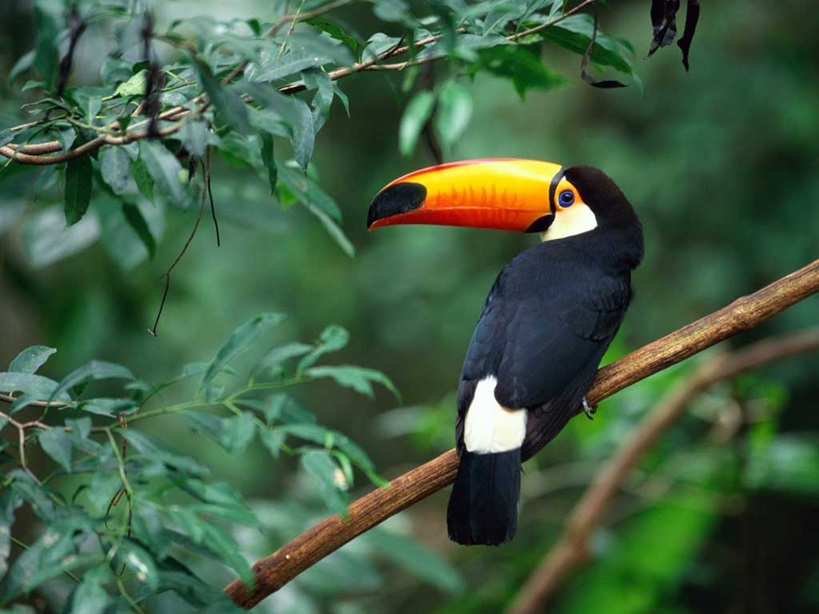
A toucan is perched on a high tree branch.
Nowadays, Toucan has become a high-class pet bird that is loved in America, Europe and some Asian countries including Vietnam. However, raising and caring for them is not simple because it is quite special, requiring a lot of experience and special conditions.
Choosing the right Toucan breed
As shared above, Toucan has many different lines so you need to determine your purpose and ability to choose the most suitable bird for yourself.
- Toco Toucan (Ramphastos toco) : The most common species, largest in size, easy to keep.
- Keel-billed Toucan (Ramphastos sulfuratus) : Medium-sized, colorful beaked Toucan.
- Ariel Toucan, Emerald Toucanet : The Toucan line is small in size, suitable for narrow spaces.
Note :
- Buy Toucan with clear origin, avoid violating international wildlife protection law CITES.
- You should buy tame baby birds so they are easy to raise and train.
Prepare the cage and living environment
Because Toucans are quite large in size and like to live in pairs, when you prepare their cage and living environment, you need to keep in mind the following:
- Minimum cage size is 2 x 1.5 x 2 m (length x width x height) for 1 bird. If raised in pairs, a larger area is required.
- Should use aviary style - large mesh cage so that birds can live comfortably.
- Arrange many sturdy, multi-level perches for birds to jump around freely.
- Prepare baths, hiding places and hanging toys for birds to entertain and exercise.
- The cage should be placed in a cool, warm place, away from drafts and harsh sunlight.
Provide proper nutrition
Although Toucans are omnivorous birds that can eat many different types of food, you should feed them some favorite, easy-to-find foods such as:
- Fresh fruits like papaya, banana, mango, apple,...
- Occasionally feed extra worms, crickets, boiled eggs, vitamins and minerals.
- Provide clean water every day, do not use water containing chlorine, alum or chemicals.
Hygiene and disease prevention for Toucan
Cage hygiene and disease prevention are two important factors to help your Toucan bird live a healthy life. Please note the following.
Cleaning the cage :
- Clean the cage daily to remove leftover food, prevent bacteria from fermenting and causing disease in birds.
- Replace and clean food and water troughs regularly.
Toucan Disease Prevention :
- Toucans are susceptible to Iron Storage Disease, so it is necessary to control their diet and limit foods high in iron.
- Observe the bird's health, feathers, diet and droppings every day to promptly detect any unusual signs.
- Should have regular veterinary check-ups every 3 - 6 months.
Train and interact with Toucan
Although Toucan is a large bird, its nature is quite friendly and easy to approach if trained and interacted with a lot. You can take the following steps to get acquainted and help the bird become more obedient.
- Use fresh fruit and toys to interact with the bird.
- Train the bird to come close and stand on your hand.
- During training, do not shout, scold or threaten because it will make the bird scared and panic.
Toucan price list
Toucan is one of the high-end pet bird breeds, so they have very high prices, from tens of millions to hundreds of millions. Please refer to the price list below for more detailed information.
|
Toucan species |
Baby bird price (VND/bird) |
Adult bird price (VND/bird) |
Note |
|
Toco Toucan |
50 - 80 million |
80 - 130 million |
Largest, most popular, easy to raise |
|
Keel-billed Toucan |
65 - 90 million |
90 - 140 million |
Colorful, rarer than Toco line |
|
Chestnut-mandibled Toucan |
55 - 70 million |
70 - 100 million |
Gentle, quiet |
|
Emerald Toucan |
30 - 40 million |
50 - 60 million |
Small size, suitable for small spaces |
Note :
- Prioritize buying in places with CITES, quarantine and clear origin papers.
- It is best to buy baby birds that are 4 - 6 weeks old for easy taming.
- Consider your living space to choose the right sized Toucan.
- Observe the birds directly before buying to choose the healthiest and most satisfactory birds.
Toucan bird image
To help you visualize the Toucan bird better, right below, we have collected many images of popular Toucan lines. Let's admire it right away to feel the unique, impressive beauty of this bird with a "giant" beak.
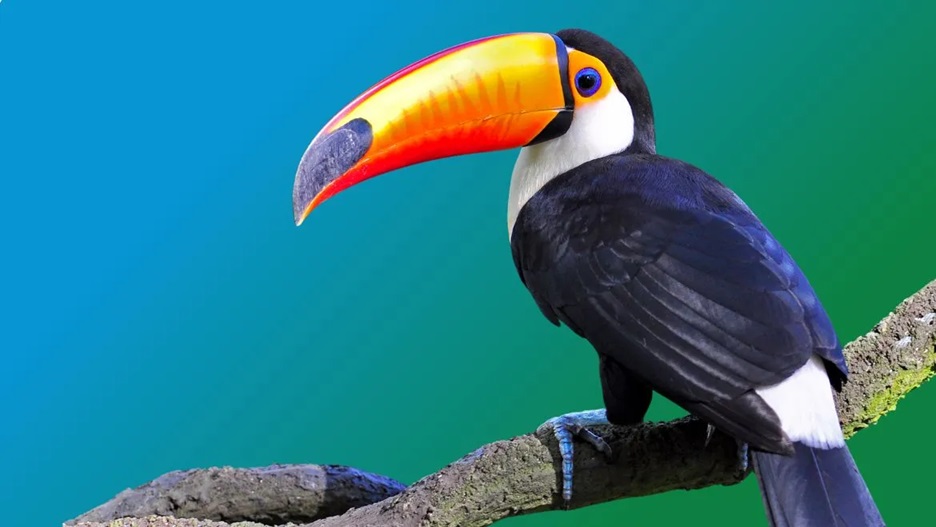
Image of Toco Toucan bird with its characteristic orange "giant" beak.
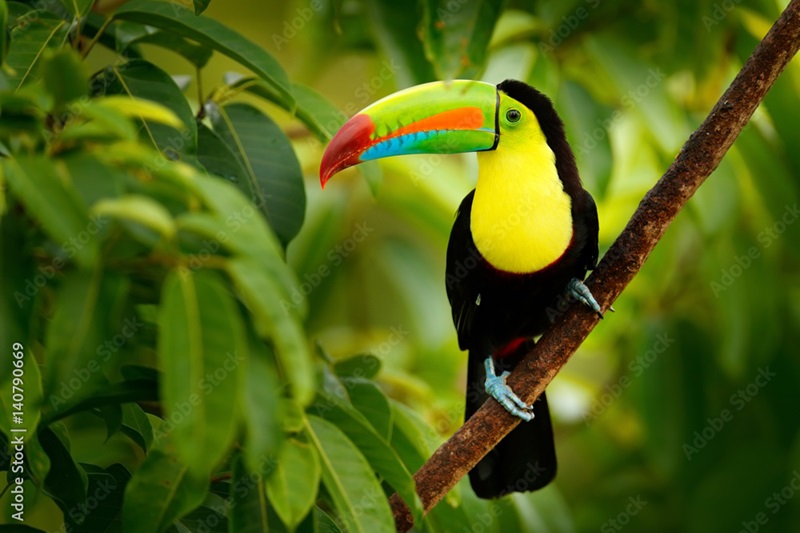
A Keel-billed Toucan with a colorful rainbow beak.
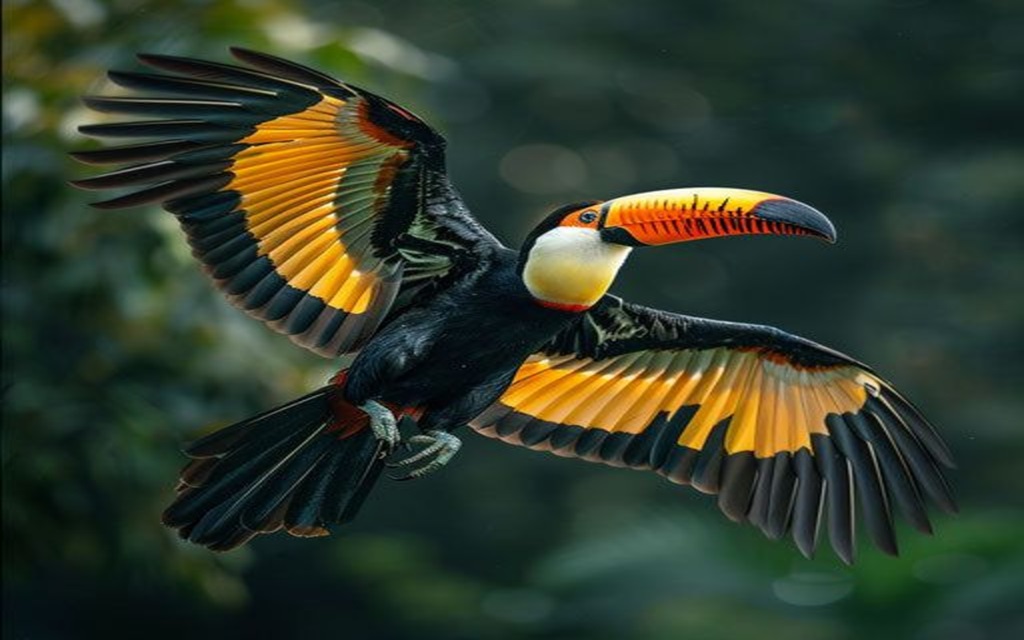
A Toucan is flying in the sky.
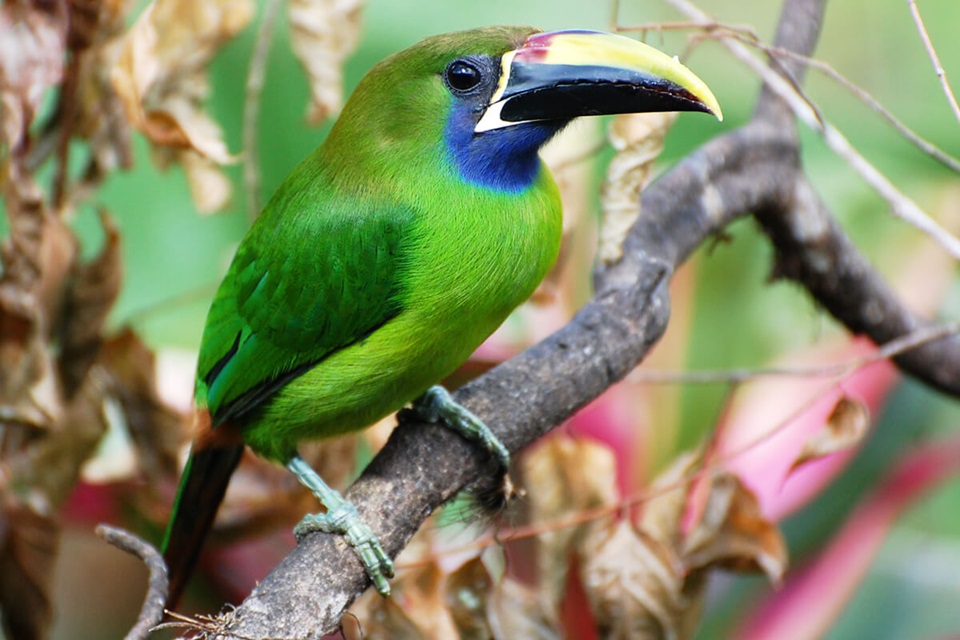
The Emerald Toucanet is a small bird.

Super cute picture of mother Toucan and baby bird.
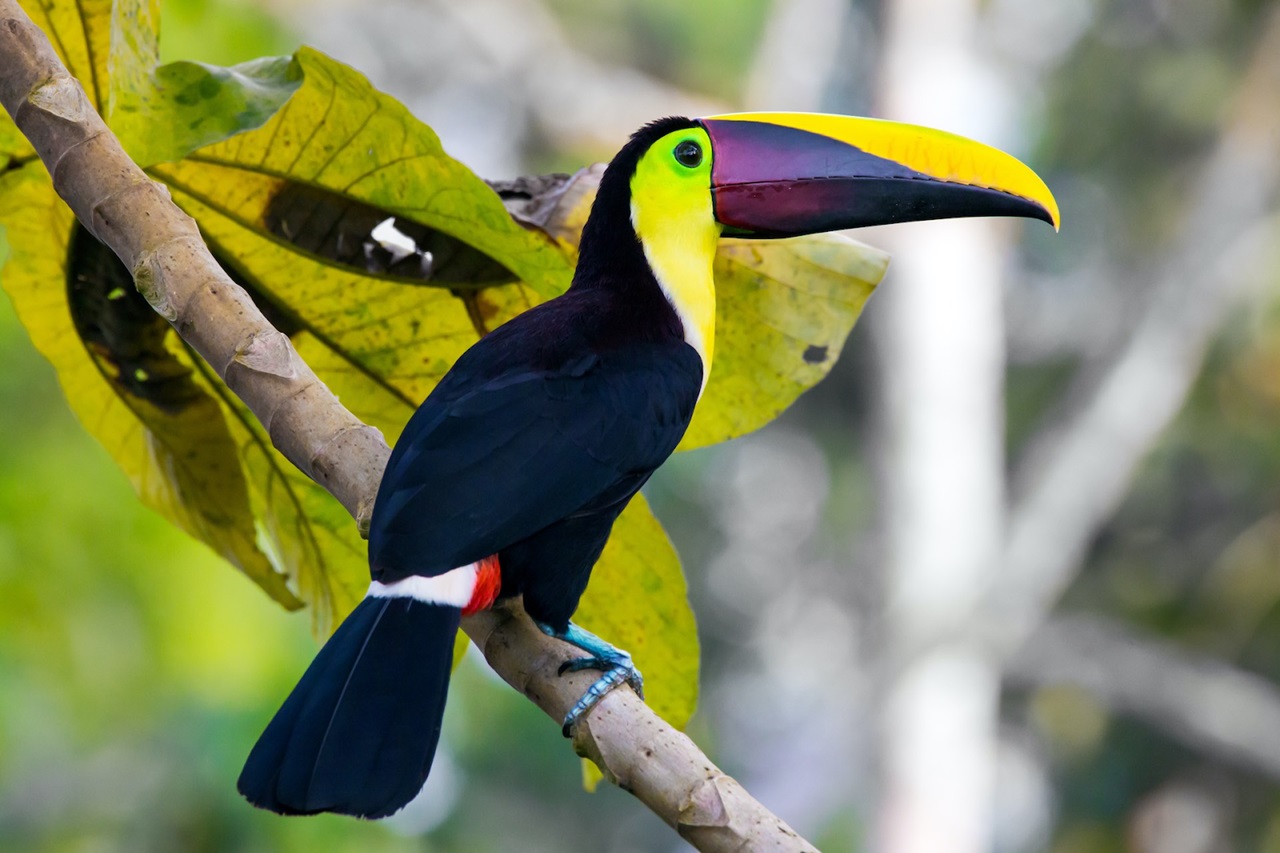
A Chestnut-mandibled Toucan with its distinctive golden-brown beak.

A Toco Toucan bird is looking around for food.
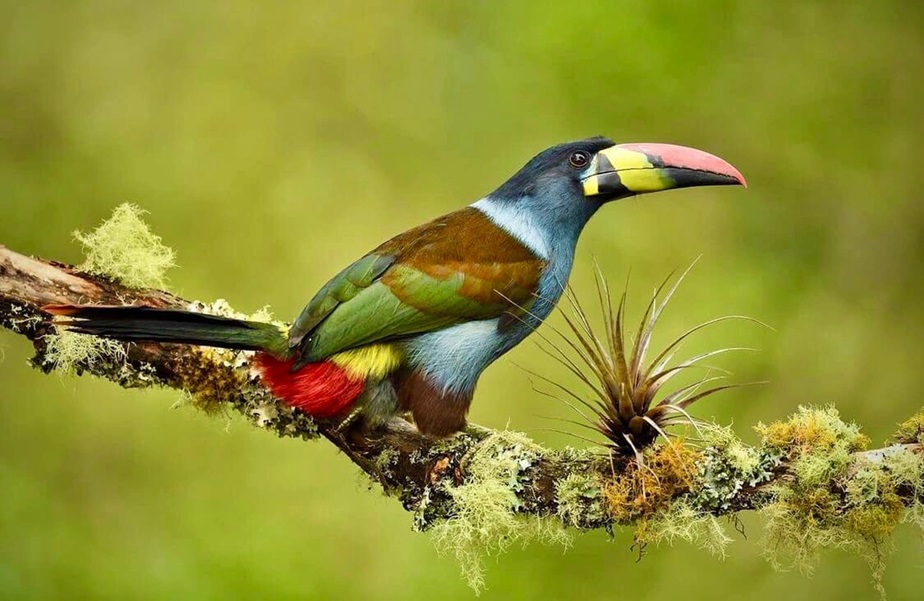
Toucan bird with colorful, beautiful feathers.
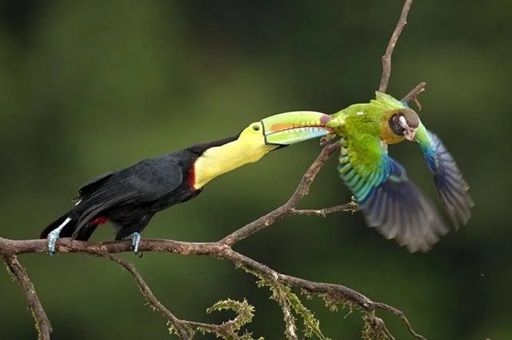
A toucan is catching a parrot.
Through the above article, nicebirds.net has helped you answer questions related to Toucan birds. With a unique appearance, friendly and intelligent personality, Toucan deserves to be a "brilliant winged friend" that brings many interesting experiences to its owners.
Don't forget to visit our Blog section to learn more about many other pet birds as well as collect valuable bird raising experiences!

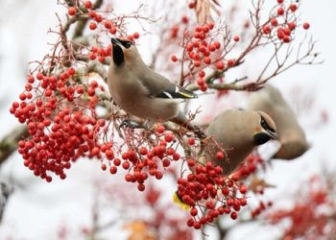

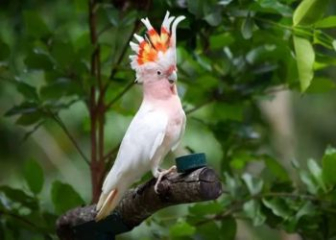
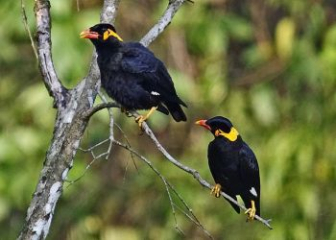
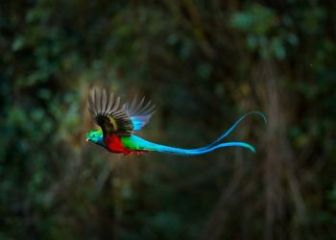





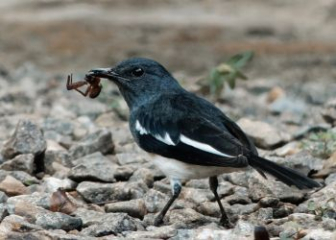
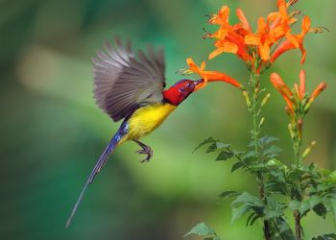


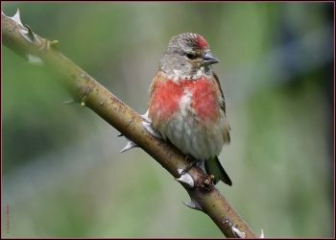
_350x250.jpg)
